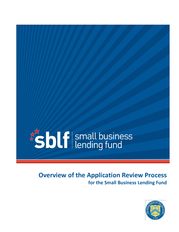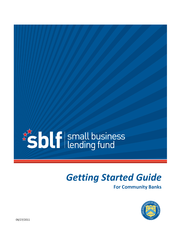Alternative Risk And Profit Sharing Approaches To Align Sponsor and Investor Interests
U.S. Department of the Treasury
Description
IV.
Conclusion
Realizing the potential benefits of PPPs for taxpayers — including lower costs, better service
quality and faster project delivery — depends on allocating project risks to the party best able to
manage them. Arguably, demand risk is the most important source of uncertainty affecting the
financial viability of an infrastructure project in which user volume determines the private
partner’s compensation, particularly in the case of new build, or “greenfield” projects, for which
no history of use exists.
We introduce three incentive structures for PPP contracts that may benefit both public sector
sponsors, by creating value for taxpayers, and private investors, by generating attractive returns.
Applying principles from the regulation of privately-owned energy and telecom infrastructure to
PPP projects in which the private partner assumes temporary control of the infrastructure, the
proposed approaches are designed to broaden the scope for PPP negotiations that voluntarily
incorporate some of these features into PPP contracts. This process can help to create options
attractive to investors and sponsors with risk preferences and return expectations not
accommodated by more commonly used models. By aligning investor and sponsor interests,
these incentive structures have the potential to increase the number of PPP deals and increase the
odds of the projects’ long-term success.
27
.













